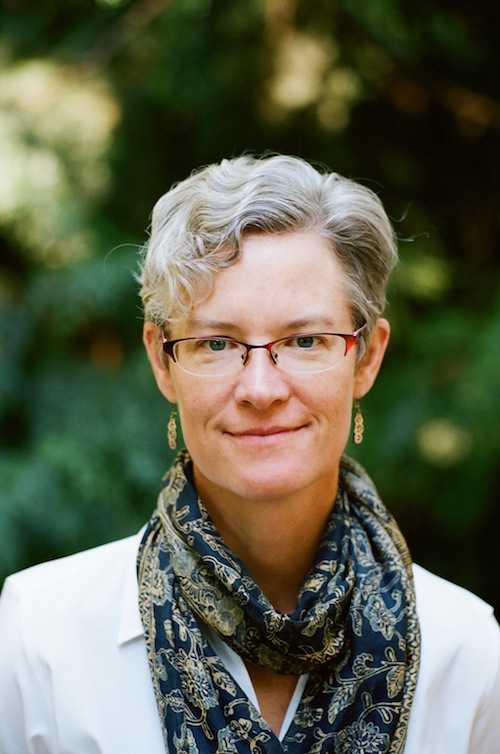In January of 1935, rain fell in the Pacific Northwest as it had never fallen, at least as far as non-indigenous folks knew. On the Washington peninsula, thirty-seven inches of rain fell in five days; on the east side of the mountains, fifty-two inches of snow fell in one day. An ice storm, floods, landslides—they killed four people and destroyed $1.5 million dollars worth of bridges, roads, pigs, cows, trees, telephone lines, and other property.
And on the penultimate day of that apocalyptic month, Richard Brautigan was born. According to his biographer, William Hjortsberg, Brautigan first lived in a Tacoma house forty miles south of where I’m writing this. His parents had already broken up, and his mother raised him while moving from apartment to apartment, remarrying and re-divorcing and remarrying, barely making ends meet. The chilly month of his birth was followed by years of poverty and, at times, violence and neglect.
In the mid-1950s, Brautigan moved to San Francisco, where he would spend much of his adult life. He had some collections of poetry published, but it was the novel Trout Fishing in America, published by a small press in 1967, that turned him into an icon of the counterculture. Although he had spent years writing, his success seemed, to the rest of the world, to have come overnight. A New York publisher gave him a twenty-thousand-dollar advance, and universities paid him handsomely to give readings. Rolling Stone and Vogue published his stories. Students in Cambridge, Massachusetts, organized a Trout Fishing in America parade. Brautigan stopped taking the bus and started hailing cabs.
A number of women in my Seattle writing community have recently celebrated the publication of their first books. They are Women of a Certain Age; their hair is beautifully graying, and they fit writing around children, grandchildren, and work that pays. They have all been writing for decades. They are not, by any stretch, overnight successes. My new book, The Ghosts Who Travel with Me, came fifteen years after my first, a novel that made its small ripples and then sank beneath most of the world’s awareness. These recent publications reminded me of an essay I read in graduate school, “Writing in the Cold” by Ted Solotaroff. The essay, which first appeared in Granta in 1985, is about the failure of some young writers to persist long enough to write much worth reading. Solotaroff said that writers of his generation—he graduated from college in the early 1950s—expected to spend at least ten years writing before they had a major publication, ten years of “writing in the cold.” But young writers in MFA programs in the 1980s wanted instant fame.
A desire for glory certainly permeated my own MFA program in the late 1980s; it pulsed through the classrooms, workshops, and conversations over coffee on Boston’s Newbury Street. We were all, it seemed, desperately in love with writers not much older than ourselves who were lapping up awards and attention, writers like Susan Minot and Jay McInerney, both twenty-nine when their first novels, Monkeys and Bright Lights, Big City, respectively, were published. We MFA students loved writing, but we also loved the idea of being writers, and we craved the approval and validation that publication would bring.
After graduation, I tried and failed to turn my MFA thesis novel into something readable. I started a new novel upon moving back to Seattle in the early 1990s, and, right on schedule, after about a decade of writing in the cold, Half-Moon Scar was published by St. Martin’s Press. When I read at a bookstore in Boston, a group of new students in my MFA program came to listen, and their eyes gleamed envy.
What I didn’t know was that my years of writing in the cold were not over. In some ways, they had just begun. Between my 1991 graduation and 2000, when the novel came out, I often struggled with writing, but I never gave up hope. I just knew that persistence would pay off. Small successes fueled my faith: The Loft in Minneapolis gave me an emerging LGBT writer award. The story that became the novel won the Willow Springs fiction award. It seemed that step by step my writing career was moving forward.
But after Half-Moon Scar was published, progress stalled. I wrote another novel, but no one wanted to publish it. I started others, but they never gelled. Eight years went by, and, because I was focusing almost entirely on novels, I had no shorter works to submit to journals; there were fewer of those small successes to inspire hope. Finally, I considered quitting.
“Coming in from the Cold” continues in part two here.

